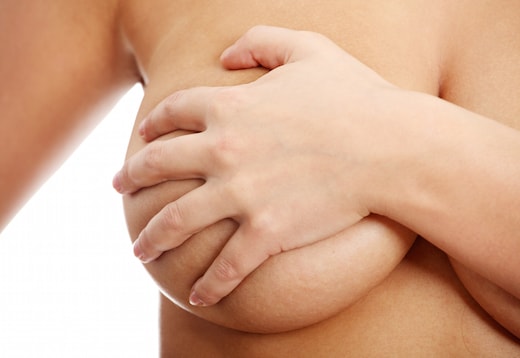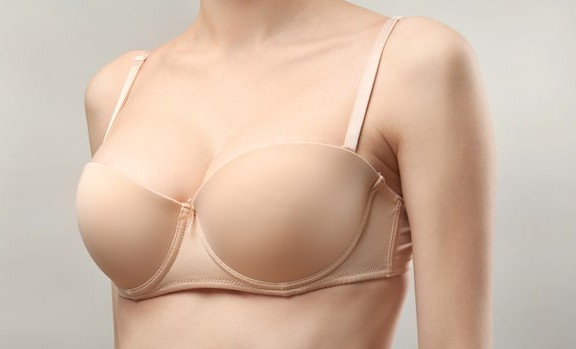 Breast enhancement is performed on hundreds of people every month but breast implants are not something to take lightly. It is a surgical procedure and the best thing you can do before implant surgery is educate yourself. You should have a clear understanding of the complications, risks and recovery process. Furthermore, you should make sure that your cosmetic surgeon is board-certified and adequately skilled with breast enhancement procedures. Even if your surgeon is highly skilled, here are some reasons why breast implants might go wrong.
Breast enhancement is performed on hundreds of people every month but breast implants are not something to take lightly. It is a surgical procedure and the best thing you can do before implant surgery is educate yourself. You should have a clear understanding of the complications, risks and recovery process. Furthermore, you should make sure that your cosmetic surgeon is board-certified and adequately skilled with breast enhancement procedures. Even if your surgeon is highly skilled, here are some reasons why breast implants might go wrong.
Capsular Contracture
One of the most common complications with breast implants is capsular contracture. This condition occurs when the scar tissue that forms around the implant becomes abnormally hard and results in a squeezing of the implant. Capsular contracture can create an unnatural appearance around the implant as well as pain for the patient. Implants that are placed above the muscle, or through a peri-areolar incision, are at a higher risk of developing this complication. Capsular contracture can also occur if the implants are too large or if there is bleeding or infection after the surgery.
Implant Rippling
Implant rippling is when wrinkles of the implant become visible through the surface of the skin. The ripples are generally noticed along the outer edges of the breasts. Implant rippling is more common in thin patients and this is especially true if the implants are too big. However, rippling can happen to an average sized patient if:
- The implants are placed above the muscle
- If they are overly large
- If saline implants are under or over filled
Patients should choose an appropriate size implant for their body type and lifestyle to ensure that implant rippling does not transpire.
Double Bubble Deformity
Double bubble deformity is when a patient appears to have an additional breast fold and it can be caused by:
- Poor implant placement
- Poor skin tone
- Implants that are too large
- Underdeveloped breasts
- Constricted breasts
Double bubble deformity can also occur if the implant is placed behind the chest muscle and the natural breast tissue sags below the implant.
Malposition
Malposition occurs when the implants are not in the correct position due to inaccurate placement within the pocket or the implant settling over time. Malposition can also be caused by capsular contracture or trauma. There are four types of implant malposition and they include:
- Lateral Malposition, or sideways positioning, happens when the implant shifts towards the sides. This malposition can occur due to:
- Low malposition is also referred to as “bottoming out” and can happen when the pocket is created too low. Low malposition can also occur when the implant pushes down on the breast tissue or due to an over-sized implant.
- High malposition is the most common and occurs when the implant pocket is created too high on the chest or if a pocket is properly created but the implant doesn’t drop into the right position during healing and settles too high. Patients who wear an underwire bra during recovery may contribute to high malposition.
- Poorly formed pockets
- The breast tissue is too weak to support the implant
- The implants are too large or too wide
- The patient sleeps on their chest during the healing period
- Symmastia is also known as “uniboob”. Symmastia transpires when the implants are positioned too close together towards the center of the chest and causes the skin in-between the breasts to lift. Some other causes of symmastia include:
- Improper positioning of the pockets
- Overly large pockets
- Improper settling
- Weak support tissue
- The shape of the patient’s ribs
- The placement of large implants
- Capsular contracture
Implant Rupture
Implants can last up to 10 or more years but a rupture is still a possibility. A saline implant that ruptures is generally obvious since the implant will deflate and the body will naturally absorb the saline. Silicone implant ruptures may not be easily noticed which is why an MRI is required every 3 (or so) years to examine the condition of the implants. Ruptures of either type can be caused by compression to the breast area, trauma or aging of the implant device.
Breast Implant Illness and Silicone Toxicity
After surgery for either saline or silicone implants, many women go through a period of illness due to placing a foreign object (the implant) into the body. The immune system becomes overwhelmed and reacts by trying to rid the body of this foreign object. Unfortunately, the symptoms can include:
- Fatigue
- Muscle pain and weakness
- Inflammation
- Bacterial and viral infections
- Fever
- Joint issues
- Gland issues
- Cognitive dysfunction
For some women, the body accepts the foreign object. It becomes overwhelming for others and the implants must be removed. Also, the body will continue to break down the silicone shell over time. These particles circulate throughout the body and can cause other illness symptoms and complications for the patient.
SP





